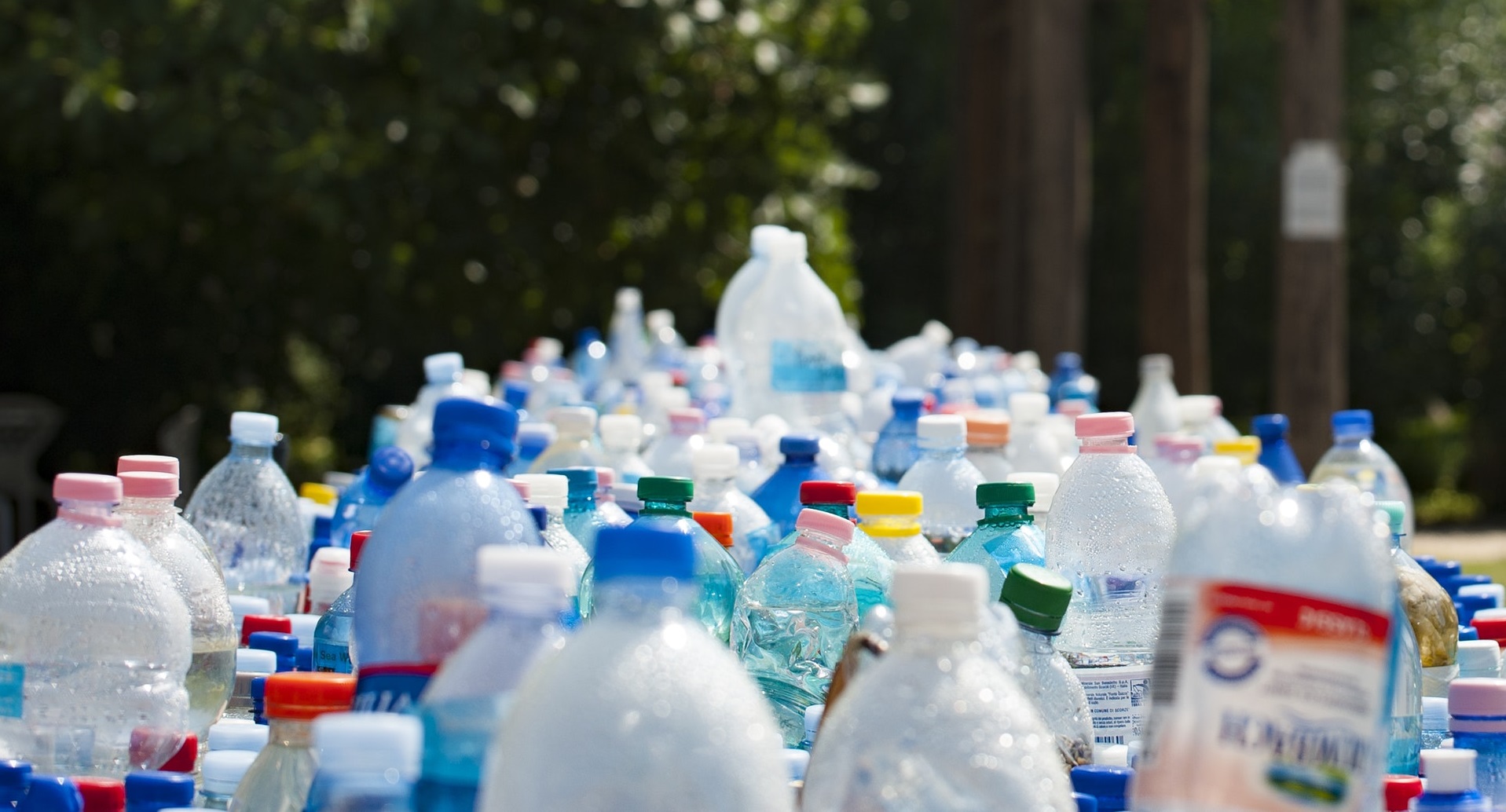By: Cari Nash
“Thousands have lived without love, not one without water.” – W.H. Auden, 1956
Clean, safe and affordable water is easy to take for granted. However, access to potable drinking water varies widely across the United States, depending not just on geography, but also on race and socioeconomic status. Communities of color are disproportionately affected by contaminated drinking water, placing them at a greater risk of developing adverse health outcomes such as lead poisoning and gastrointestinal illness. Few studies have been done to determine the extent of this disparity; however, here are some striking statistics from a review published in 2011:
- 30% of people in the Navajo Nation were living without piped water, and 21% of domestic water sources tested positive for coli
- 25,000 Hispanic residents in the Yakima Valley of Washington State relied on wells, 12% of which tested above the nitrate maximum contaminant level
- In California, the counties with the highest number of drinking water violations also had the highest proportion of Latino people
The recent public health crisis in Flint, Michigan brought environmental justice issues to the forefront. The crisis began in 2014 when public officials changed the drinking water source to Flint River in an attempt to save money. As a result Flint residents, the majority of whom were Black and poor, drank contaminated water for at least 18 months; the community’s concerns were largely ignored even as it became apparent that the water was unsafe. There was a massive failure to protect Flint residents at all levels of government. Since then, multiple government officials have resigned, and government officials and private employees have been criminally charged for their involvement in the disaster. The most serious charges, involuntary manslaughter, were made against Michigan’s top health official and four others. Here’s a timeline of the water crisis from U.S. News.
Experts declared Flint’s drinking water “safe” in September 2017, but residents were instructed to continue to use bottled or filtered water until all the lead pipes have been replaced, which is expected to be completed in 2020. The full extent of the health impact of this event may not be apparent for many years. However, according to lead poisoning experts Dr. Philip Landrigan and Dr. David Bellinger, lead
“Damages children’s brains, erodes intelligence, diminishes creativity and the ability to weigh consequences and make good decisions, impairs language skills, shortens attention spans, and predisposes children to hyperactive and aggressive behavior…when lead exposure is widespread, it can undermine the economic productivity and sustainability of entire societies.”
Hurricane Maria’s aftermath in Puerto Rico is another example of the long history of environmental injustices sustained by people of color. Several months after the storm, millions remain without potable drinking water because the hurricane’s devastation was exacerbated by Puerto Rico’s socioeconomic factors (a fragile economy and inadequate infrastructure) as well as the slow federal response.
Healthy People 2030 aims to “achieve healthy equity, eliminate disparities…[and] create social and physical environments that promote attaining full potential for health and well-being for all.” These are powerful goals that get at the heart of environmental justice, a movement which seeks to ensure that environmental policies produce outcomes that do not unfairly burden communities on the basis of race or ethnicity. However, the Trump Administration’s proposed federal budget is in direct opposition to these goals. It makes enormous cuts to the Environmental Protection Agency, and in particular to the Office of Environmental Justice. While Congress has restored some funding to these programs, the proposed budget cuts send a clear message that the current administration is not interested in addressing issues of environmental justice and associated health disparities.
In the absence of government recognition, public health nurses have the responsibility to promote environmental justice. By understanding the disparities that exist and working to eliminate them, public health nurses can positively impact environmental justice and be instrumental in achieving health equity for all.
Read more about how water and air pollution, hazardous waste sites, and even climate change disproportionately affect people of color:
5 Things To Know About Communities of Color and Environmental Justice
 Cari Nash is a pediatric intensive care nurse, and she is pursuing a joint MSN-FNP/MPH degree. Before her career in nursing, she was a volunteer teacher in the Republic of the Marshall Islands. Her interests include chronic disease management, substance use disorders and harm reduction, and social determinants of health.
Cari Nash is a pediatric intensive care nurse, and she is pursuing a joint MSN-FNP/MPH degree. Before her career in nursing, she was a volunteer teacher in the Republic of the Marshall Islands. Her interests include chronic disease management, substance use disorders and harm reduction, and social determinants of health.
